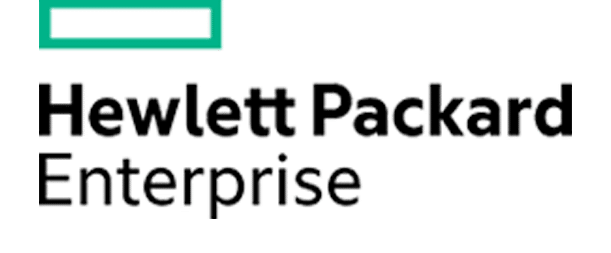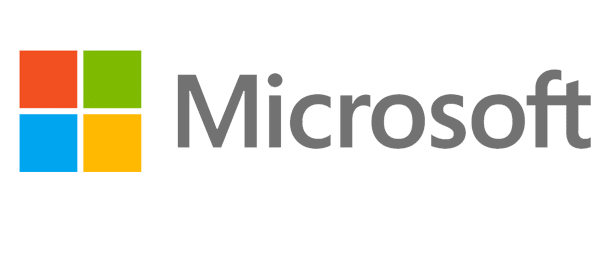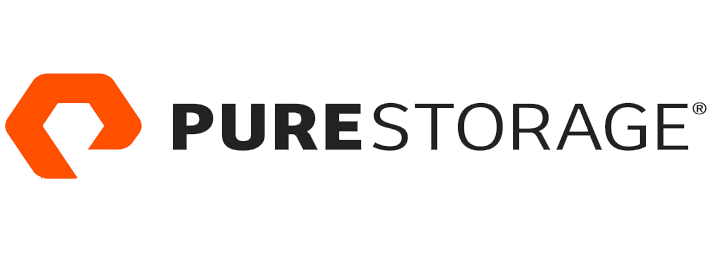Spring Cleaning Cloud Solutions Style: Why Archive to the Cloud?
Archiving has always been an important part of data protection, although it has changed significantly since the early days. In those days, archiving meant physically transporting data on tape into a remote facility and hoping it was set up properly for extended storage. Cloud archiving today doesn’t require a literal physical transport to an off-site storage site, however its being adopted because of the security, accessibility and preservation it brings without the heavy lifting.

Issues with Traditional Storage
Two major issues with traditional (“before the cloud”) storage solutions accelerated the movement of companies into enterprise cloud storage:
- Technology failure – The natural degradation of traditional storage media undercut all of the careful precautions that previous generations of data savers took. Although tape can be extremely durable under the right conditions, it can fail in a number of different ways: 1. lose its magnetic charge, 2. tape substrate degradation and 3. stretching with repeated use. Usually, tapes take a huge dive in quality after they have been stored for 15 years, no matter what precautions are taken.The same can happen with disk that can simply fail over time. No matter how much you prepare, that unforeseen circumstance can cost you!
- Obsolete technology – Even when an older type of storage media keeps its veracity, it can simply become outdated in the greater digital world. You may also have a problem if your data is encoded using proprietary means. If you do not have the software from the same company up and running, you may not be able to read it. Unfortunately, you may have to back grade your hardware to run the proper software, which is terribly inconvenient.
With these two shortcomings haunting traditional storage, making the move to cloud backup solutions is becoming smarter than ever.
Data Tiering for Cost Savings
The digital evolution of storage provides an opportunity for companies to prioritize data, saving money through a tiered system of storage.
Traditional on premise storage drove companies to save all data on the same storage type. New standards now divide data into different categories for the data needs. Things that need to be kept for compliance for example can be stored differently than things that should be kept as critical business information.
You can choose where you want to store your data and what types of security you need. You can even choose to be on premise or in the cloud. Finally, you can choose if you need to store offsite in a Tier 5 data center that may provide more protection than even you can grant on-premise.
Scalability
Moving into cloud backup solutions puts an end to over provisioning or over purchasing. You do not have to blindly predict your data needs, now you can expand when you need to or alternatively retract your needs.
In industries that are dealing with explosive data like healthcare or legal, new storage technologies can come into play to access the data easier from your cloud. Companies don’t need to struggle under the weight of significant data expansion or increasing compliance requirements. Products like Scality Ring Object Storage provide a better choice for exponentially expanding data while still providing the access you need from the cloud.
Data That’s Always Accessible Tape, disk and flash storage can all experience hardware failure. Internal errors in any one of these formats can cause serious issues with your storage. With the cloud, you can access and retrieve your data on command. End users can also more easily collaborate and access files when and where they need them regardless of time zones or geographic locations.
Security
Storing proprietary or otherwise sensitive information away from HQ can be scary. Contrary to the layman’s belief, the cloud has actually outpaced local business storage in most cases. Quality storage solutions encrypt data in flight and at rest and security is at its peak. How? Enterprise cloud backup providers have access to security solutions that are simply too expensive for individual companies.
Disaster Recovery
Cloud storage with DRaaS becomes even more powerful.
All businesses should have a robust backup plan available on command but they should also invest in a disaster recovery solution. Disaster Recovery isn’t as expensive as it used to be and DRaaS in particular provides an extra layer of protection and data experts at your fingertips should you have an issue, helping you get back up and running faster. Many companies are investing in DRaaS as insurance in their business.
Passing the Test of Time
The cloud offers “storage immortality” without the huge price tag. Companies pay only for the capacity and performance they require. Enterprise cloud storage providers invest in both hardware and software that keeps your data safe, after all, it’s their business on the line too. Competition is high in the industry, and you benefit from the consistent pressure vendors have to improve.
For all of the advantages, moving your data into the cloud can be risky if you don’t take the time to look into providers. Performing your due diligence is a must. Empower your IT administrators to research cloud business solutions before a making a commitment to a cloud provider.
Ensure that the following are priorities when vetting for enterprise cloud archiving solutions:
- Cloud storage management
- Tiered security for proprietary data
- Location redundancy
- Scalability
- Easy retrievability when needed
Keep the best practices above in mind and you will find the right cloud archiving solution to fit your needs. For more questions on cloud archives or cloud object storage solutions give Comport a call.
Author: Bill Flatley, Field CTO for Healthcare
Bill is responsible for technical strategies and recommendations for Comport’s Healthcare clients. His extensive experience includes four healthcare systems in leadership roles supporting Clinical Applications, Digital Health, and Office of the CIO as the primary liaison between IT and the business.



























